L-8
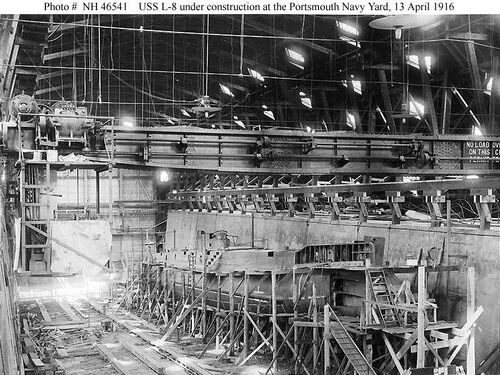
NHHC photo NH 46541 courtesy of the Naval History & Heritage Command.
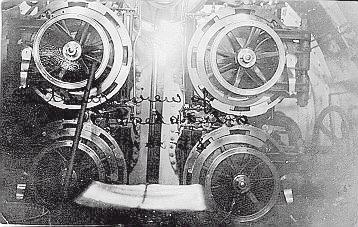
Photo from the private collection of Ric Hedman.
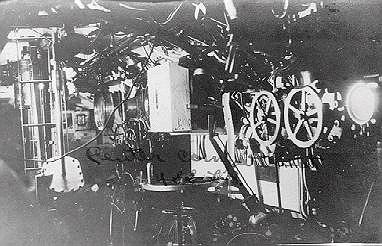
Photo from the private collection of Ric Hedman.
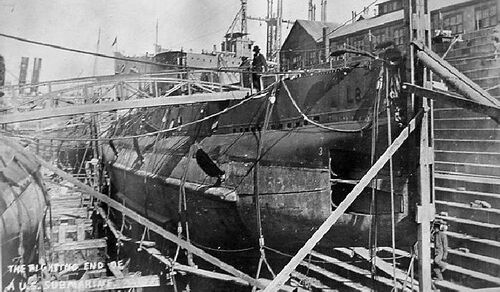
U.S. Navy photo.
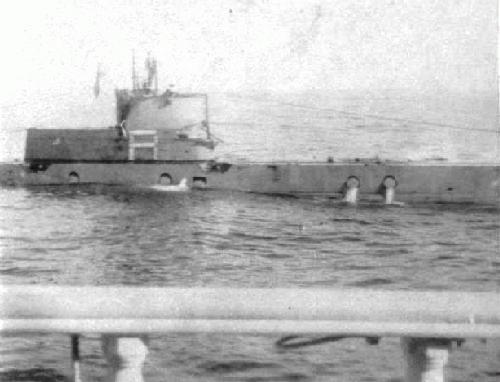
Photo contributed by Clifford Chapski. His grandfather, Alfred G. Benjamin, took this photo while serving aboard the USS Charles Whittemore.
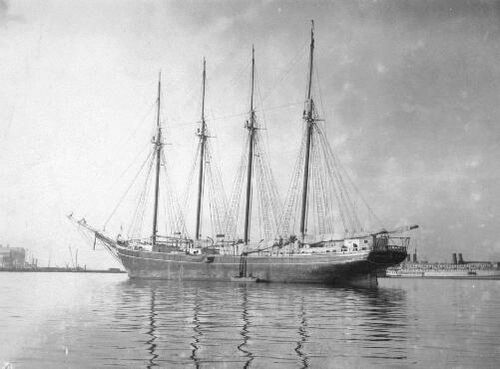
Photo contributed by Clifford Chapski. His grandfather, Alfred G. Benjamin, took this photo while serving aboard the USS Charles Whittemore.

After the conclusion of WWI, L-8 transferred homeports to Naval Station San Pedro, CA near Los Angeles. She performed a variety of functions for the fleet there, including the development of new torpedoes and sonar equipment. She is shown here in the summer of 1920 in San Pedro, moored between the captured German UB-88 and the H-4 (Submarine No. 147).
On her forward deck the hatch to the large torpedo room/berthing compartment is open, next to the torpedo loading derrick. L-8 does not have a deck gun installed, and it is not known at this time if it had been removed, or if she never received one.
Along the sides of her watertight superstructure are open flood ports. Lake designed the superstructure to be watertight while surfaced, with the intention of it providing the boat with extra surface buoyancy. These flood ports enabled the rapid flooding of this space when the boat dived.
Note that all three submarines in this photo are considered to be "coastal" submarines, yet the German boat is considerably larger and more capable than the U.S. boats. Studying captured German boats after the war lead the USN to conclude that they were far behind their contemporaries in Europe in submarine technology and capability. This would soon change with the S-class and the eventual V-class.
Photo in the private collection of Ric Hedman.
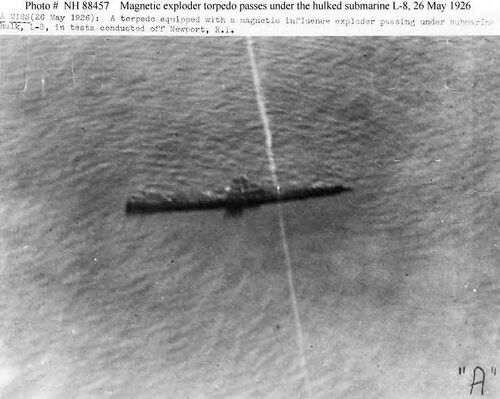
L-8 ended its life as a target for tests of the new and highly secret Mk 6 magnetic exploder, later to gain infamy in WWII. For this test the Navy's Bureau of Ordnance took the ex-L-8 and moored her in Narragansett Bay off Newport, R.I. A Mk 8 torpedo equipped with a prototype of the new exploder was then fired from a barge. As can be seen from this May 26, 1926 aerial photo, the weapon passed directly underneath the sub, exactly as it was supposed to. However, the exploder failed to detect the boat's magnetic field and did not detonate the warhead. This should have been a warning that something was amiss. But the scientists and engineers on the development team and their leadership at the Bureau of Ordnance dismissed the failure as a fluke and they lined up for a second shot.
Photo NH 88457 courtesy of NHHC.
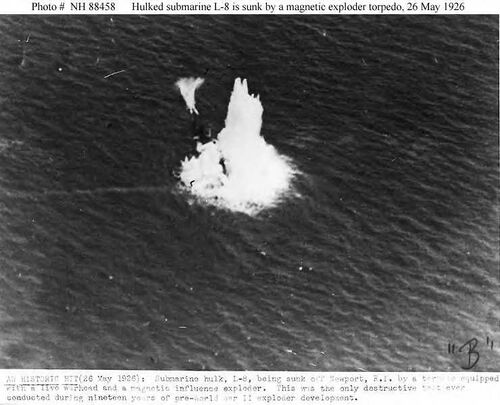
A short time after the first shot (shown above) the team was ready for another try on that fateful day of May 26, 1926. This time the shot was successful and the ex-L-8 was destroyed in a massive blast. The development team took this a proof that the concept worked and they pushed the Mk 6 exploder into production. No other at-sea testing was ever conducted at any location. Congratulating themselves on their brilliance and convinced of the perfection of their device based on this single test, the Mk 6 exploder was put into production and installed on all new Mk 13, 14 and 15 torpedoes produced at Newport. In actuality, the exploder had some serious technical flaws and it failed miserably in combat in WWII. It was a major factor in the near impotency of our submarines in the early days of the war.
Photo NH 88458 courtesy of NHHC.
Page created by:
Ric Hedman & David Johnston
1999 - 2023 - PigBoats.COM©
Mountlake Terrace, WA, Norfolk, VA
webmaster at pigboats dot com
